The In-House Committee Probing Justice Yashwant Varma: Confidential but Crucial
- ByAdmin --
- 06 Apr 2025 --
- 0 Comments
In an unprecedented development that has sent ripples through the Indian judiciary, the Supreme Court has ordered an in-house inquiry after a fire at the residence of Delhi High Court judge Justice Yashwant Varma allegedly revealed sacks containing burnt currency notes.
The incident has raised serious questions about judicial integrity, transparency, and the effectiveness of oversight mechanisms within one of the nation’s most trusted institutions.
What Happened?
The inquiry was prompted by a domestic fire incident reported at the official residence of Justice Varma in New Delhi. While initial reports suggested a minor blaze, first responders allegedly found sacks filled with partially burnt currency. The shocking discovery sparked immediate outrage and calls for accountability, leading the Supreme Court to initiate a confidential investigation under its in-house procedure.
Justice Varma has strongly denied any wrongdoing and termed the entire episode a conspiracy to malign his reputation. However, given the gravity of the situation and its implications for public trust in the judiciary, the apex court found it imperative to step in.
What is the In-House Mechanism?
The in-house procedure is a judicial accountability framework developed by the Supreme Court to address complaints against judges without immediately resorting to criminal proceedings. It allows the judiciary to self-regulate through discreet and internal checks while maintaining institutional dignity.
Under this mechanism:
• A three-member committee—usually composed of three Chief Justices from different High Courts—is constituted to look into the matter.
• The inquiry is confidential in nature, but its findings can influence transfers, censure, or even recommendations for impeachment in extreme cases.
Importantly, the mechanism does not override the rule of law—if the inquiry finds credible evidence of criminal conduct, it can pave the way for formal legal proceedings.
Why This Case is Crucial
The discovery of large amounts of cash—especially burnt—on judicial premises is highly unusual and raises unsettling questions:
• Could this be an indication of corruption at the higher echelons of the judiciary?
• How robust are the current checks and balances for judicial conduct?
• Can the judiciary truly function independently and credibly if its members are involved in such controversies?
In a democracy where public trust in institutions is paramount, incidents like this threaten to erode that confidence. The judiciary, often seen as the final arbiter of justice and guardian of the Constitution, must also be seen as beyond reproach.
What the In-House Committee Can Do
The three-judge committee has several options depending on its findings:
• Recommend disciplinary action: If found guilty of impropriety, the judge could face warnings or censure.
• Recommend transfer: A judge could be moved to another High Court if continued presence could hamper institutional credibility.
• Submit a detailed report to the Chief Justice of India (CJI): The CJI can then decide on further steps, including informing the President if impeachment is warranted.
The panel is expected to conduct a thorough, fair, and timely inquiry, taking into account not only the facts of the case but also the broader implications for the judiciary.
Broader Implications
While no formal charges have been filed yet, and the truth is still under investigation, the very fact that such an inquiry has been launched signals a serious intent to uphold judicial accountability.
Legal experts say this case could be a watershed moment, much like past instances where judges have faced internal scrutiny. It also underlines the importance of transparency and the need for reforms to strengthen mechanisms that deal with judicial conduct.
In a country where the judiciary is often the last hope for justice, how it handles this matter will be closely watched—not just by legal professionals but by the citizens of India at large.
This investigation will be more than a test of one judge’s conduct—it is a test of the judiciary’s ability to uphold its own ideals.

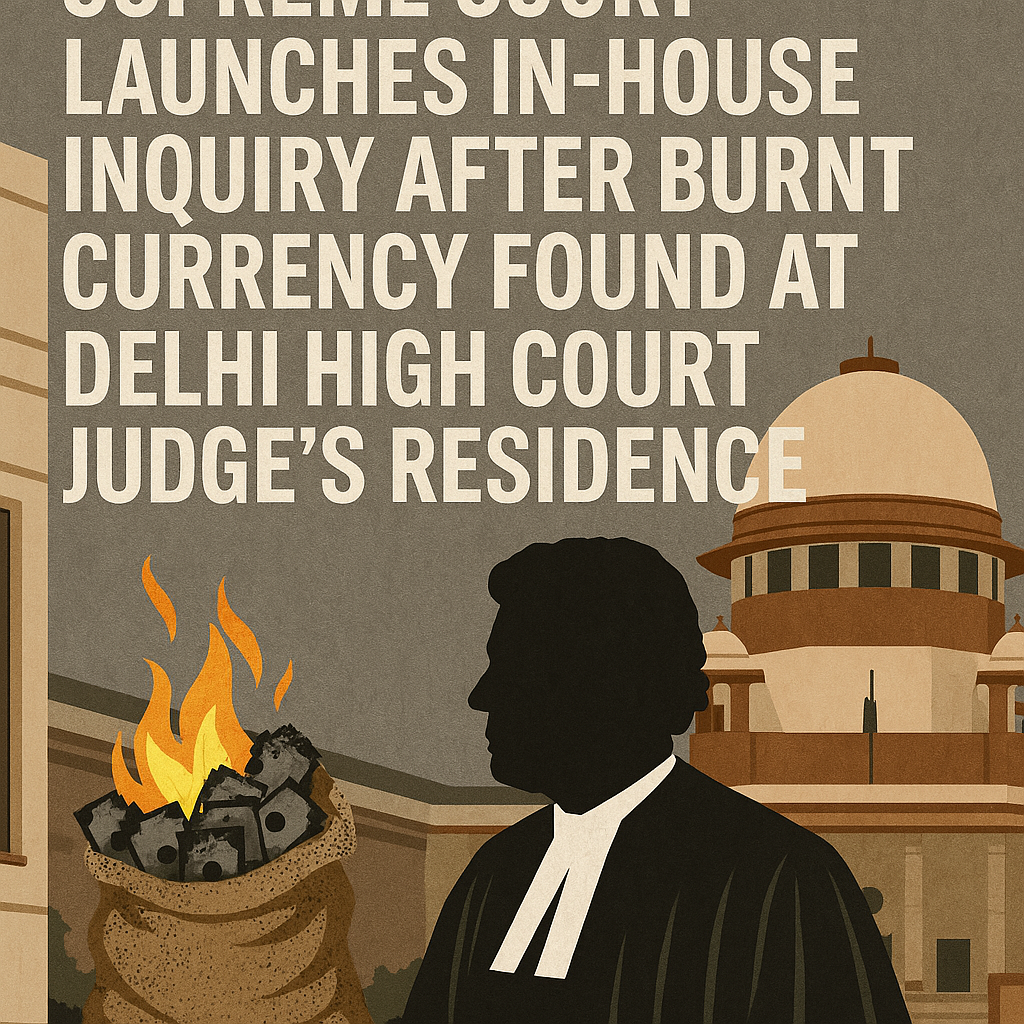





















































































































































































































































































































































































































































































































































































































































































































































































































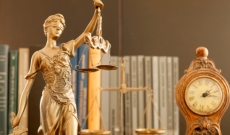

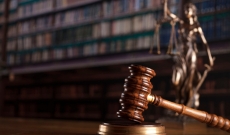

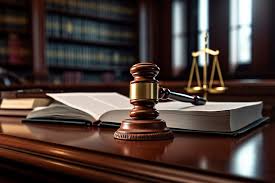
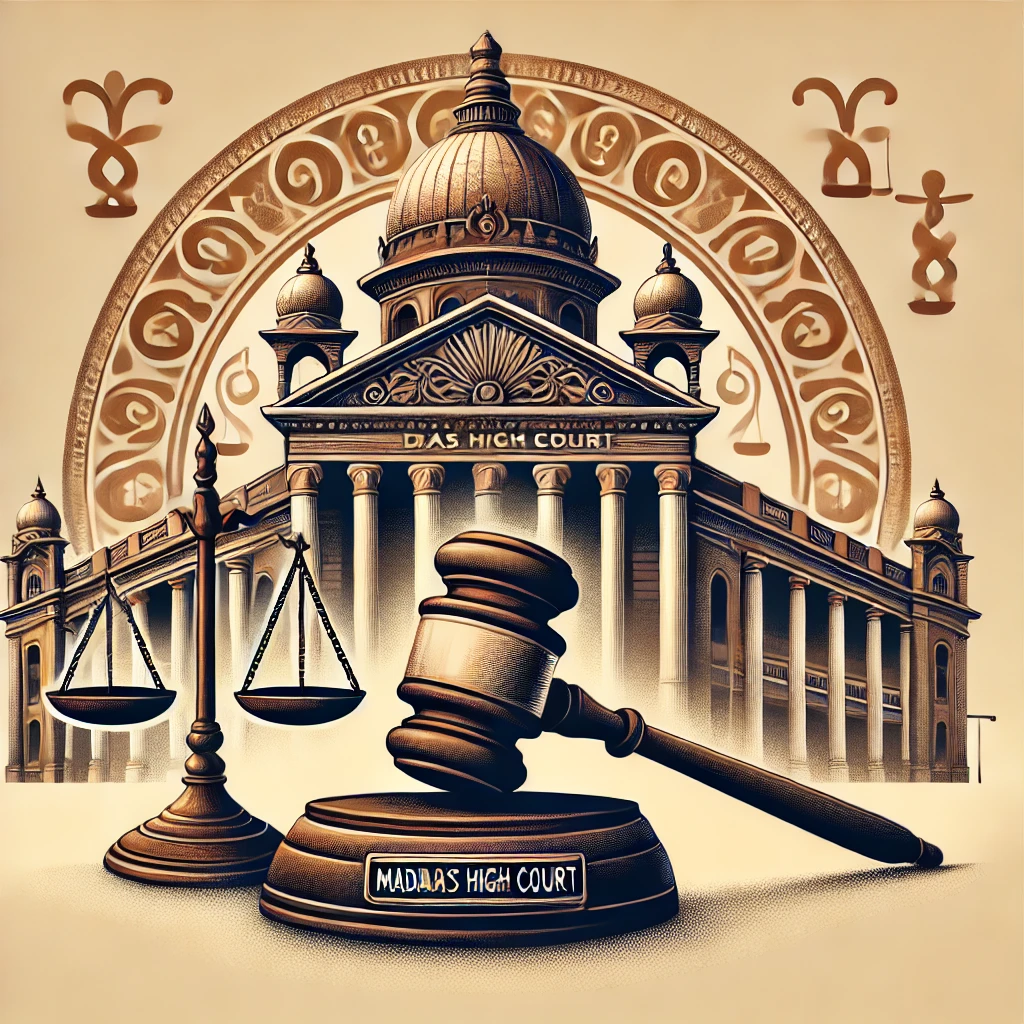
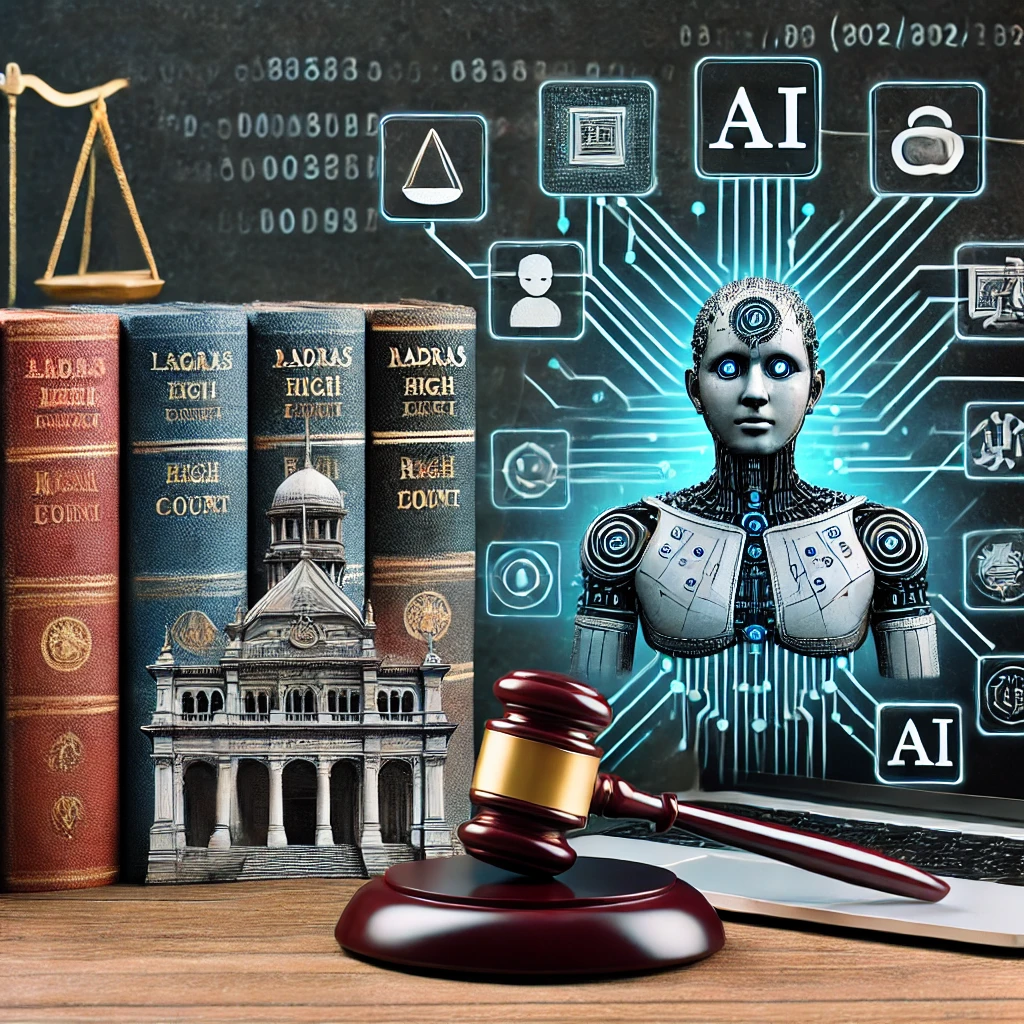
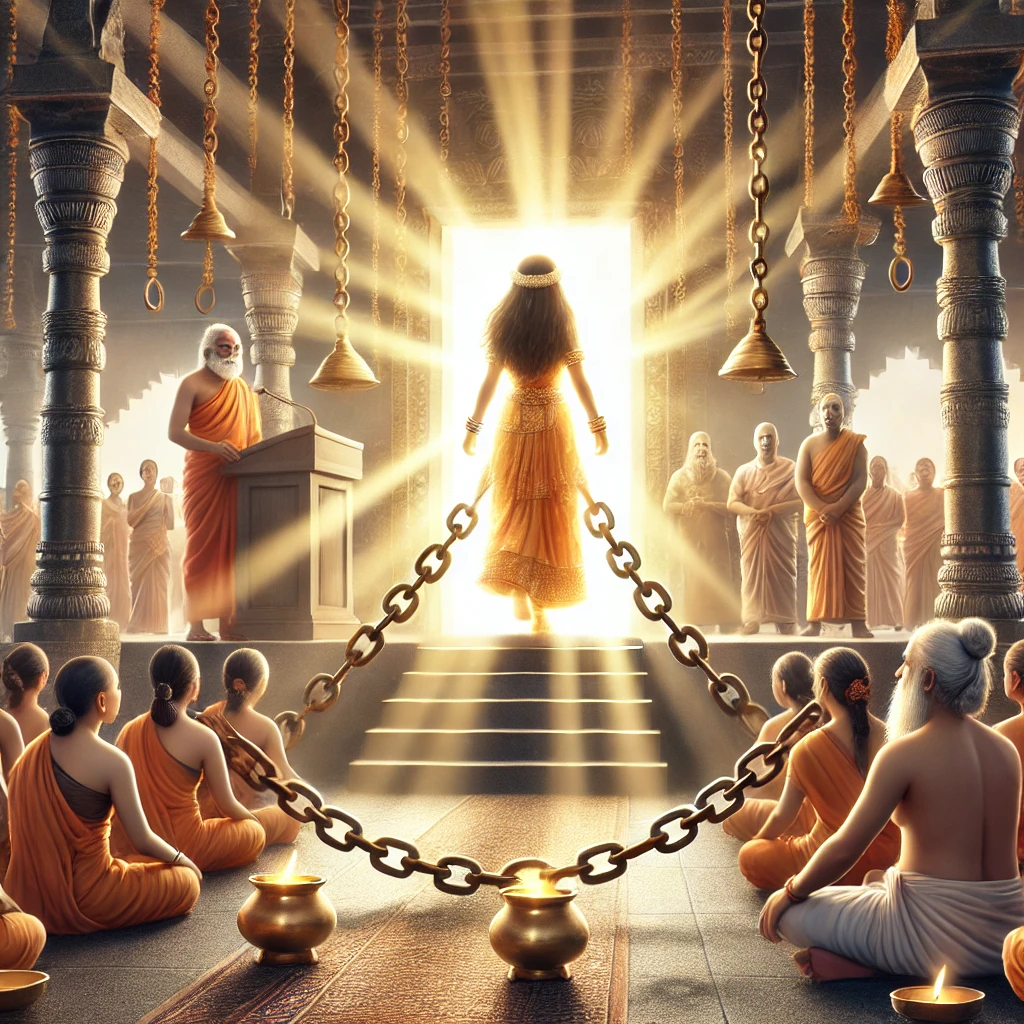






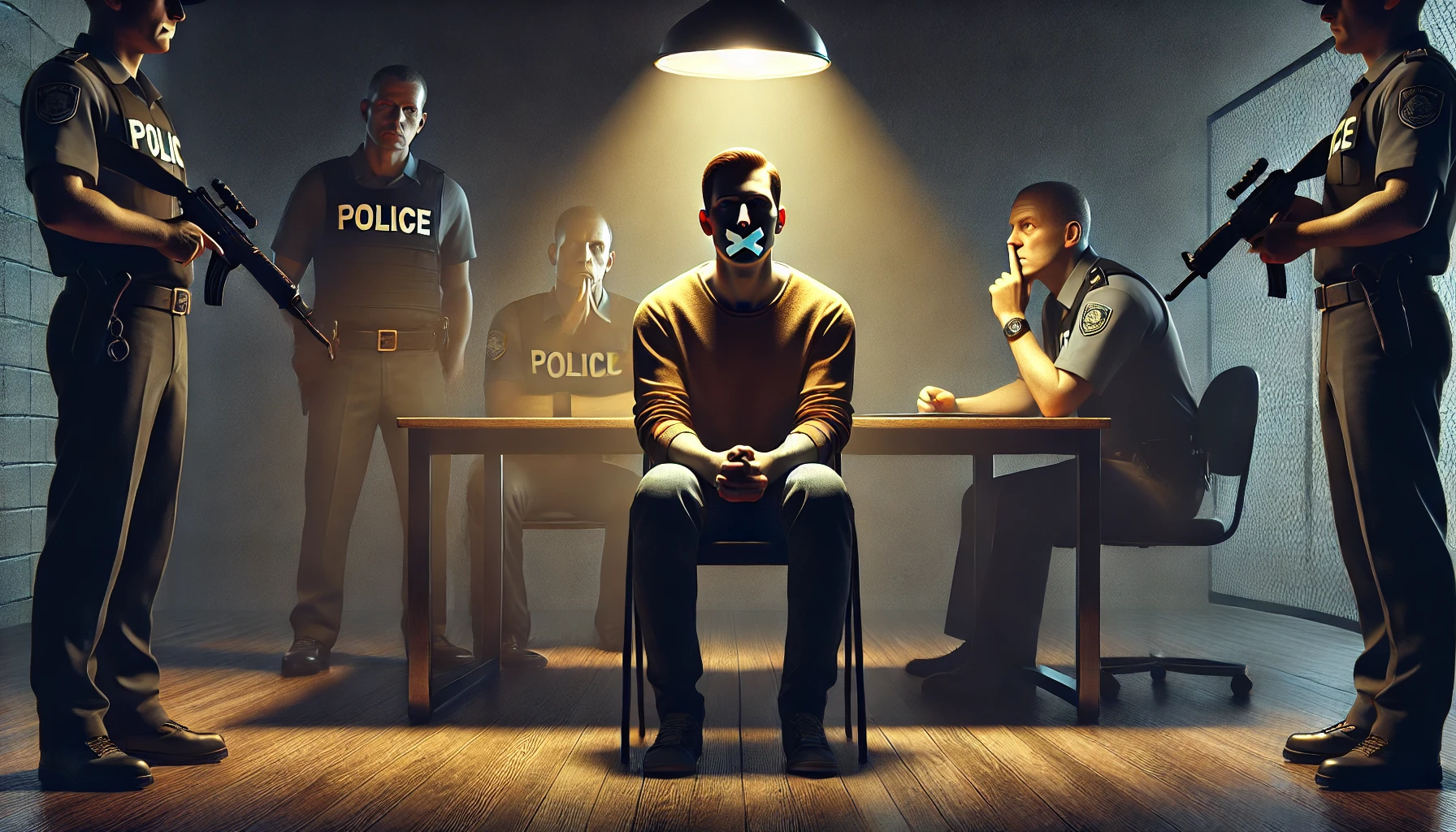

0 comments